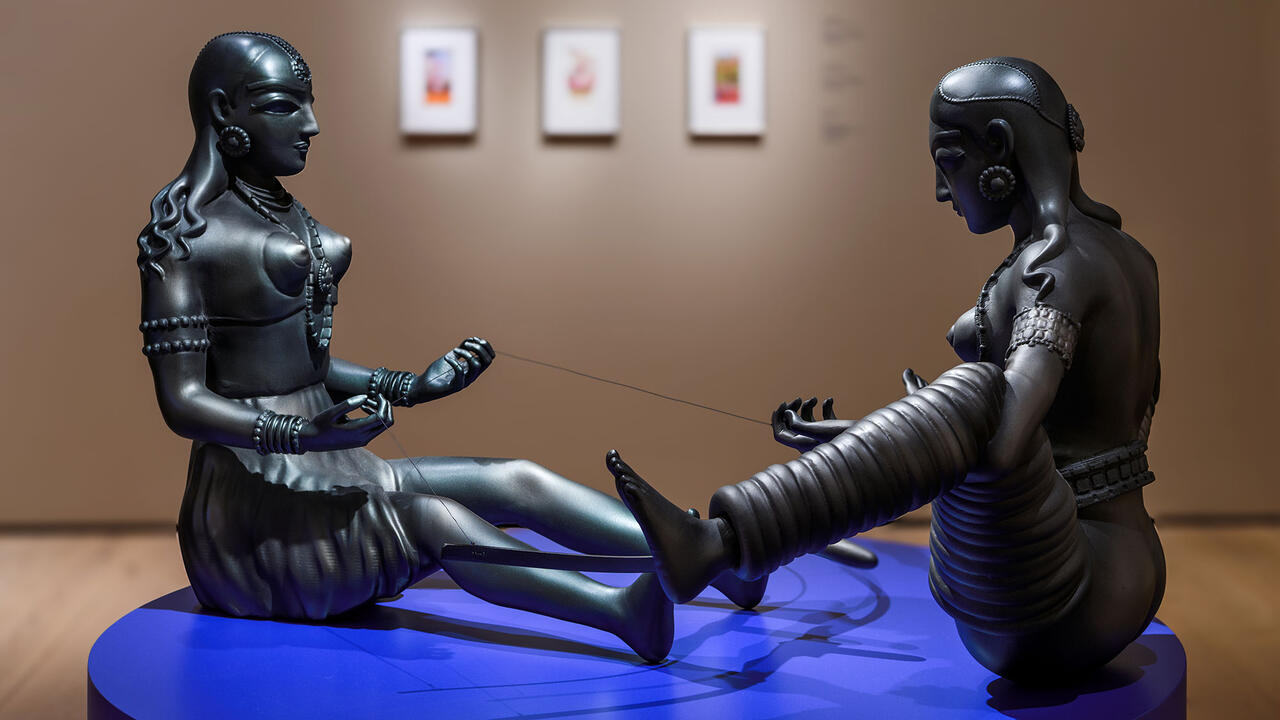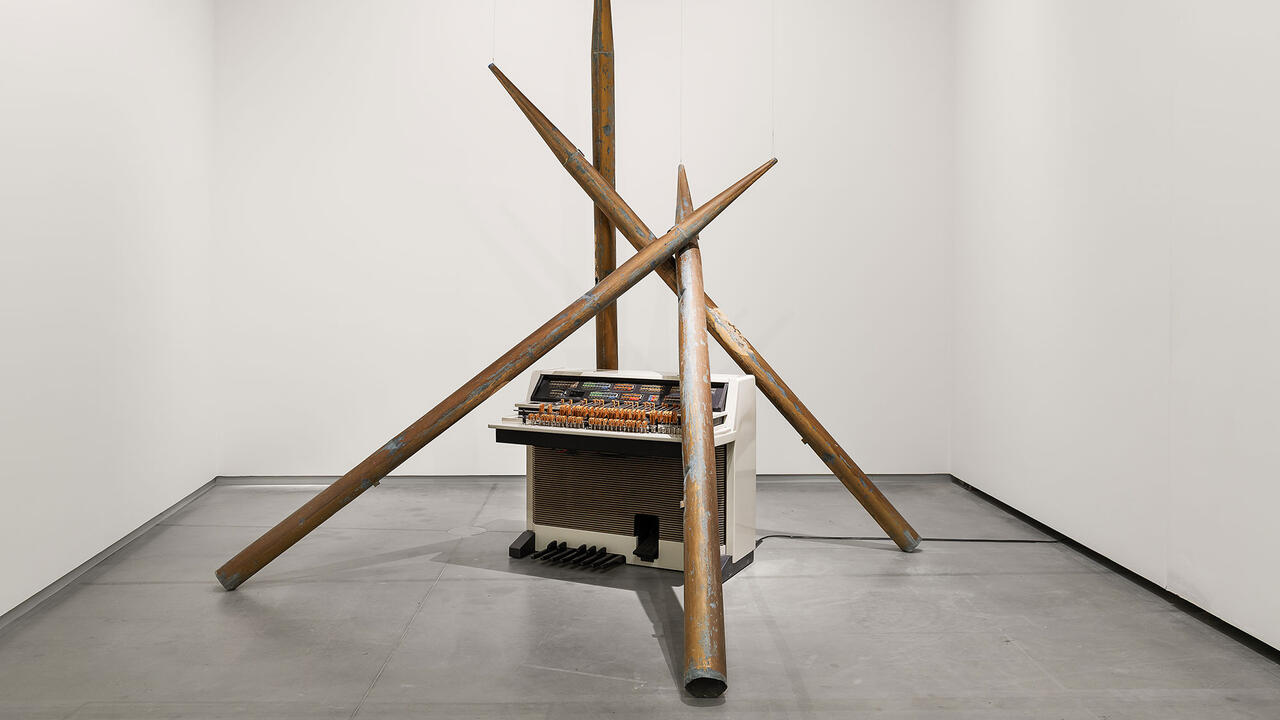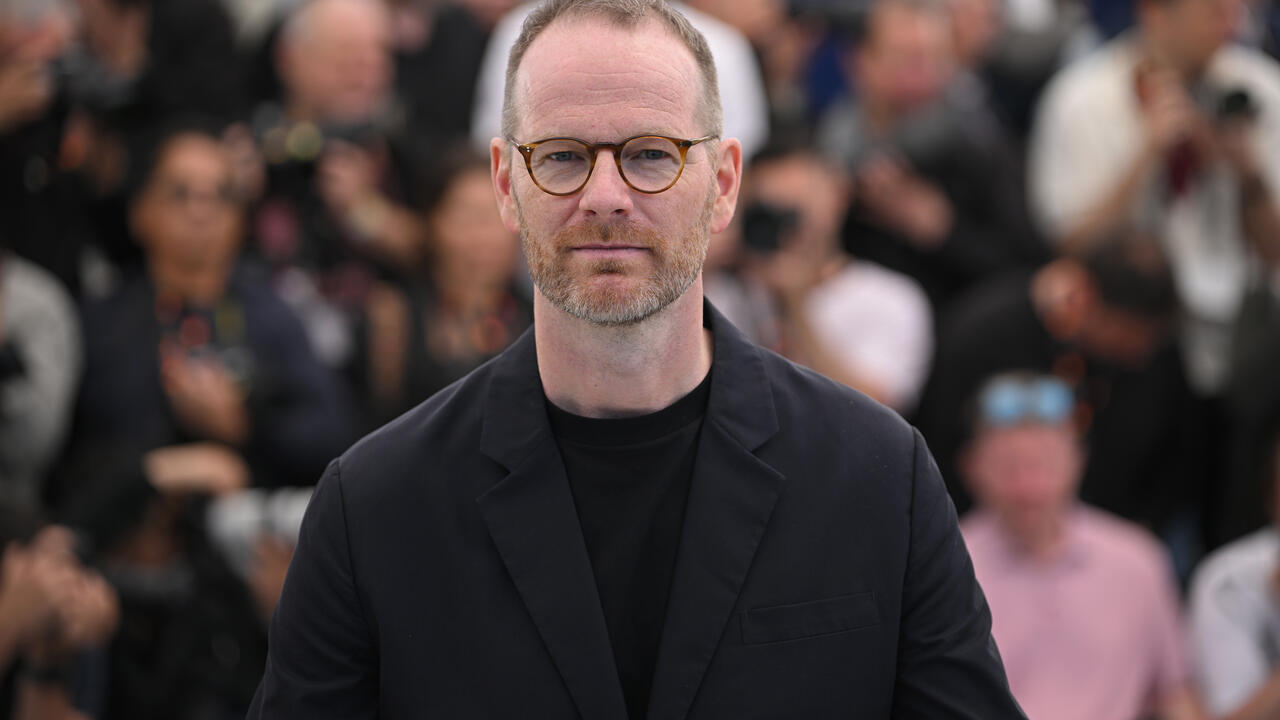To Remove One Would Make the Whole Thing Collapse: Eva LeWitt's Fragile Boundaries
The artist investigates tensions between the sturdy and the fragile, and the public and the private at VI,VII, Oslo
The artist investigates tensions between the sturdy and the fragile, and the public and the private at VI,VII, Oslo

I am no interior design expert, but from what I gather, the purpose of curtains is to divide one space from another. If curtains are closed, Gaston Bachelard once noted, they hide an inside from an outside. In a sense, they safeguard it, keeping out the cold, a draft, smells, sounds, stares. Yet curtains also deprive a space from its correlate. What is cosy for some may well be claustrophobic for others. Once opened, they reveal the two to one another.

Curtains are both moveable and mutating objects: they are moved from one side to the other, in the process folding and unfolding. As such, they are not normally a room’s centrepiece. As Edgar Allan Poe puts it in ‘The Philosophy of Furniture’ (1840): they are ancillary, secondary; ‘they should be chosen based on the general character of the room.’ For all the pleasant appeal of palette and form, Eva LeWitt’s show at VI,VII expresses a surprisingly radical statement, in this respect. The artist has installed 13 semi-transparent panels (‘Untitled’, 2018), against the gallery’s existing blank and marble walls, each made from handmade square and round polyurethane sponges and strips of industrial latex and plastic, each resembling a curtain. The panels overlap to the point that it is near-impossible to distinguish where one ends and the other begins, like an assemblage or a modular piece of design. The square sponges, pastel-tinted and marbled like the walls, are fixed in a straight line just below the ceiling. The round ones, more starkly and uniformly coloured, hang at the bottom wrapped in the plastic strips, at once weighing the latter down and maintaining the works’ light, open vertical structures. As the gallerist informed me, to remove one of these circular sponges – they aren’t fixed – would make the whole thing collapse: the plastic strips would stick together, destabilizing the work’s balancing act with gravity, pulling each of the individual configurations out of shape.
There is so much to write about here. There is the play with forms, with squares and circles, straight, vertical lines and round edges. There is the experiment with colours, from the soft and understated to the hard and unapologetic. The exhibition investigates textures, alternating between and transforming the tactile and the smooth, the absorbent and the resistant. It investigates the tension between the sturdy and the fragile, the materials made to withstand pressure but their assemblage unable to weather the slightest touch. Or what about the materials, all of which look in and of themselves like unassuming industrial warehouse equipment and domestic cleaning products, but some of which are, invisibly but meticulously, handcrafted.

But what intrigues above all is the pretty radicality of the show’s re-appropriation of the social and material reality of the curtain. For the obvious reason, I suppose, that this formally appealing curtain negates the dialectics of inside and outside, dividing us from nothing but the wall and dividing it ineffectively; that it renders a moveable and mutating object static; and that it manifestly announces itself as the room’s centrepiece – indeed, its only piece. But also, because in rethinking and recontextualizing the curtain, it raises a question that is acutely relevant to our times: what are the boundaries between the inside and the out, the private and the public? As we put up curtains in our homes and screens in our offices, stickers on our laptop cameras and firewalls on our software systems, from what do we have the illusion that we are separating ourselves? Isn’t the surveilling gaze always already standing next to us, patting us on the shoulder and telling us ‘well done’ as we closing the curtains on nothing but a wall?
'Eva LeWitt' runs at VI,VII, Oslo, Norway, until 9 April.
Main image: Eva Lewitt, exhibition view, VI,VII, Oslo, 2018. Courtesy: VI,VII, Oslo; photograph: Christian Tunge






















